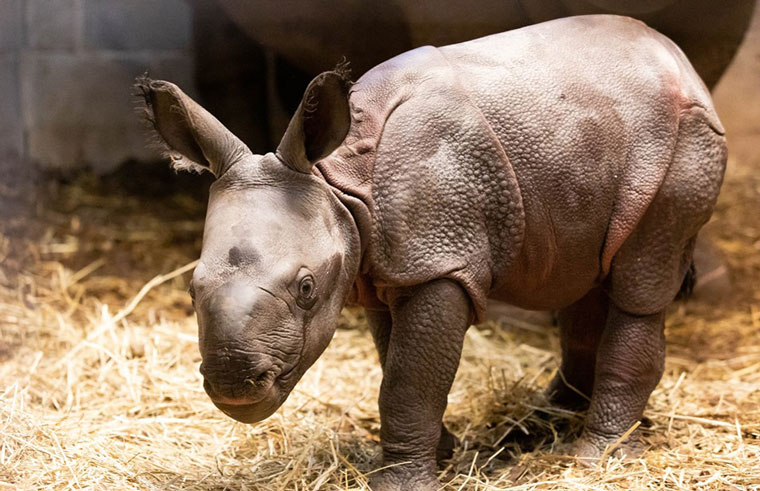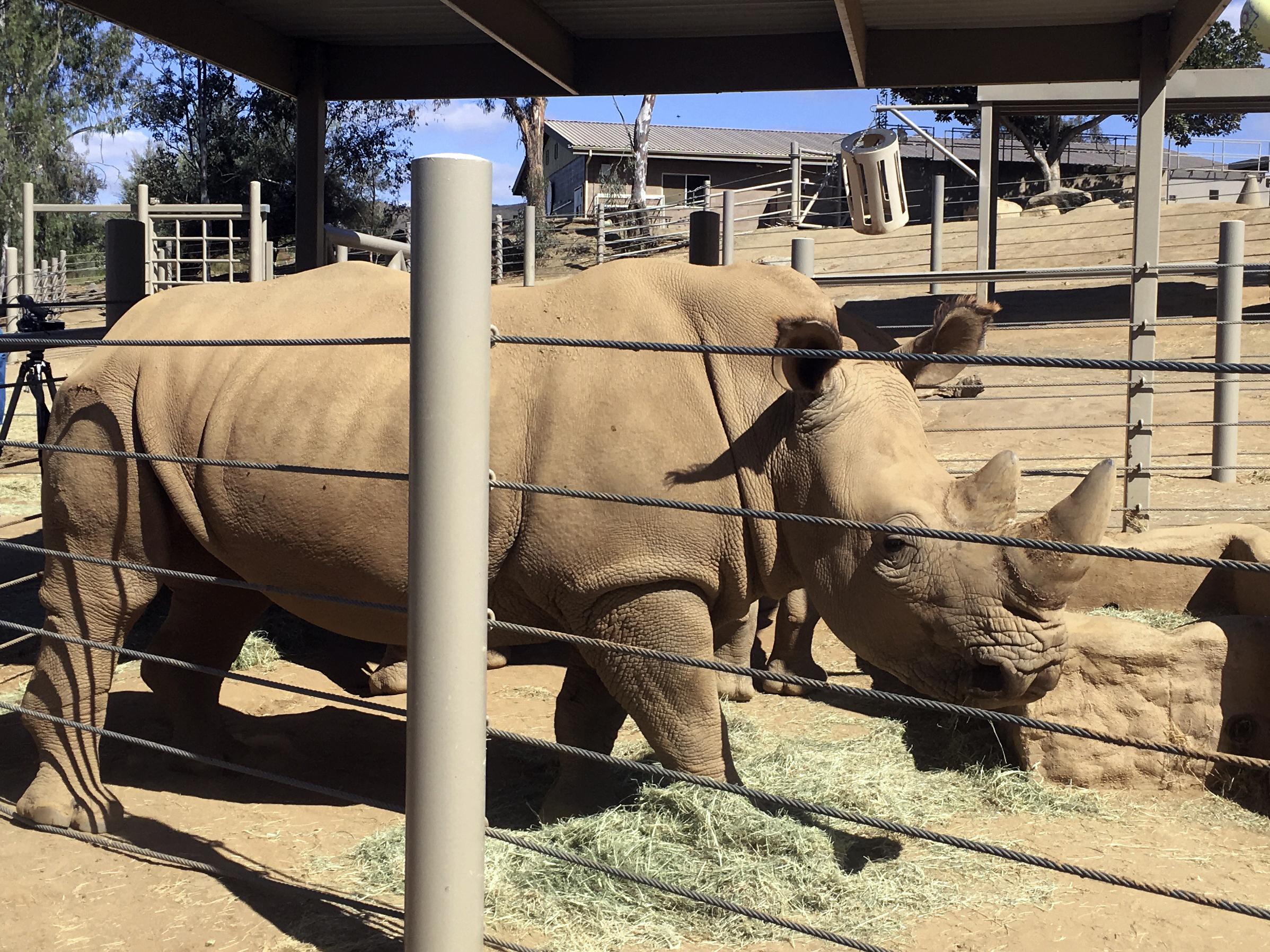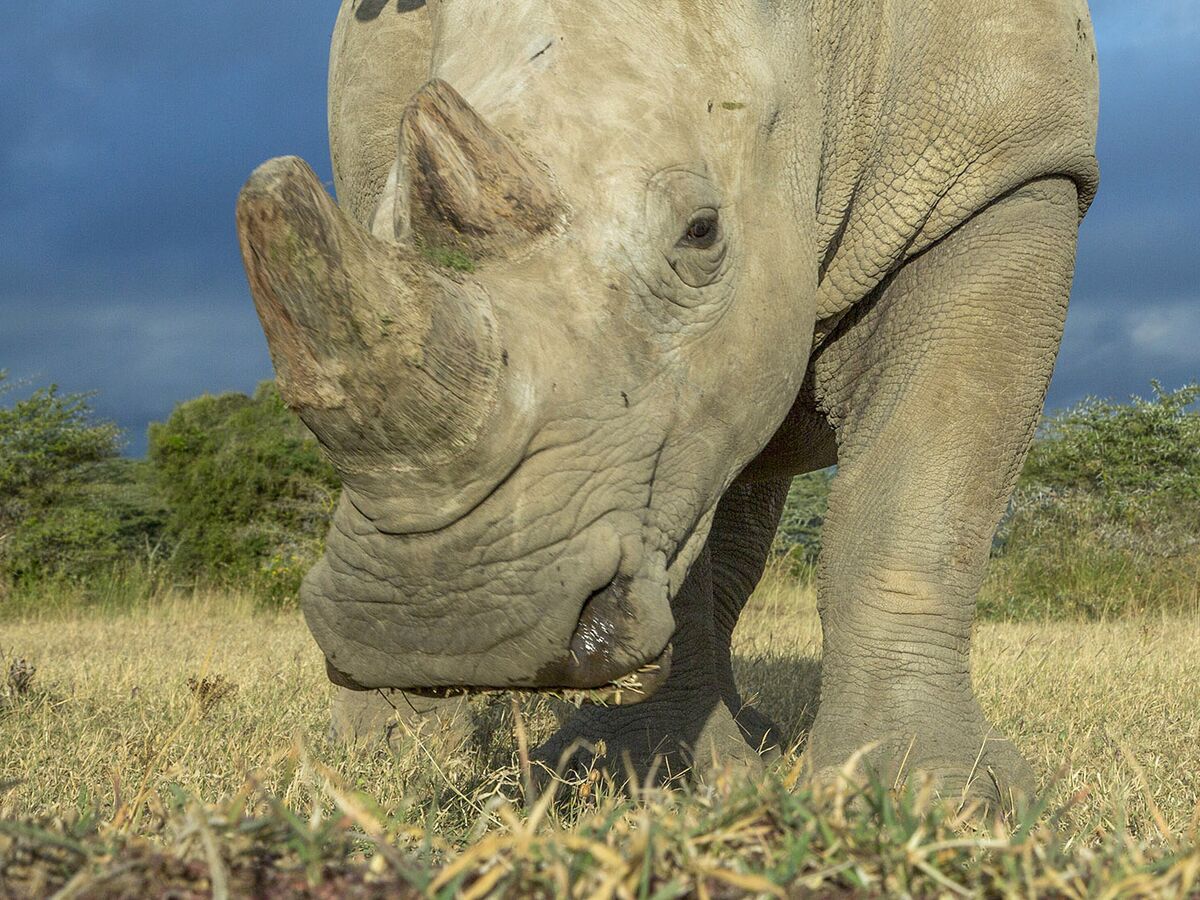

In comparison to other rhino species using the same semen collection methods, the volume of ejaculates and sperm concentration was very low. A combination of AGM, PM and AV yielded a higher success rate in stimulating ejaculate compared to the other collection methods, however semen quality appeared to be better when PM and AV without AGM was applied. The study has provided the first data on the characterization of the fresh ejaculates obtained from artificial semen collection methods. 5-P-30H levels were on average two fold lower during the period when sexual behaviour occurred compared to when it not occurred and the difference in levels was highly statistically significant. Mating behaviour always occurred when follicle develop to reach dominant size (0 19-25 mm). Monitoring daily changes in vulval appearance and occurrence of initial stages of sexual behaviour are useful to determine a proper timing for pairing since intensive vulval coloration and interest between the sexes usually occurs a few days prior to ovulation. Ultrasound examinations of ovaries and observation on changes in vulval appearance provide useful information on female reproductive status which can be used as a tool for monitoring the oestrous cycle when endocrine measurement is not possible. Since then, 5-P-30H level steady increased during pregnancy up to 10-20 fold (344.2-787.1 I-lg/gr dry faeces) higher than luteal level. 5-P-30H arose significantly (46.3 I-lg/gr dry faeces) after day-60 above the highest 5-P-30H values during luteal phase. Pregnancy length was recorded for 475 days, and early pregnancy could be detected after day-60according to 5-P-30H level using single faecal sample. Oestrous cycle length in the Sumatran rhinoceros is about 23-24 days, with the length of follicular and luteal phase about 6 days and 17 days, respectively. E2 immunoreactive concentration during follicular phase is higher 3-6 fold (28.2-335.8 ng/mg Cr, median value 96.7 ng/mg Cr) compared to E2 level during luteal phase (8.9-191.9 ng/mg Cr, median value 33.4 ng/mg Cr). 5-P-30H immunoreactive levels during the presumed luteal phase (17.3 + 6.4 jJg/g dry faeces) were on average two to three fold higher compared to the presumed follicular phase (7.8 + 3.8 jJg/g dry faeces). Measurement of 5-P-30H in faeces and E2 in urine can be used for monitoring oestrous cycles, determining oestrous cycle disorders and pregnancy in the Sumatran rhinoceros.

In contrast, progesterone metabolites were excreted into faeces occurred within 48 hours, while oestrogen metabolites were eliminated into faeces within 72 hours. E2 and progesterone metabolites were excreted into urine within the first 24 h (time lag). Progesterone metabolites are more complex and resulted in the excretion of three major metabolites, two pregnanediols, one of which was 513- pregnane-3a, 20a-diol, and a 5-reduced 20-oxo pregnane, being identified as 513-pregnane-3a-ol-20-one. Oestradiol-1713 glucuronide is the only abundant oestrogen in urine, whereas oestrone is the major oestrogen in faeces, with oestradiol-1713 being less abundant. The female Sumatran rhinoceros excreted oestrogen predominantly into urine (67.8%), whereas 14C-progesterone metabolites were almost exclusively (99.4%) eliminated via the faeces. Therefore, the study was focused on the development of appropriate methods for monitoring reproductive status non-invasively and to study various reproductive aspects of the species. There are a number of reasons for this failure in captive breeding, such as a lack of understanding of the reproductive biology and there were no reliable methods for monitoring reproductive status in the Sumatran rhinoceros. The first offspring was born in 2001 in Cincinnati Zoo, USA. Moreover, although the species has been kept since the early 19th century, captive breeding program is not really successful because only three offspring have been born in captivity.

Very few Sumatran rhinos are to date kept in captivity only about 9 animals distributed worldwide. The Sumatran rhinoceros is the most critically endangered rhinoceros species, with fewer than 300 animals left worldwide and an extremely high rate of decline (50% of wild population lost over the last decade).


 0 kommentar(er)
0 kommentar(er)
